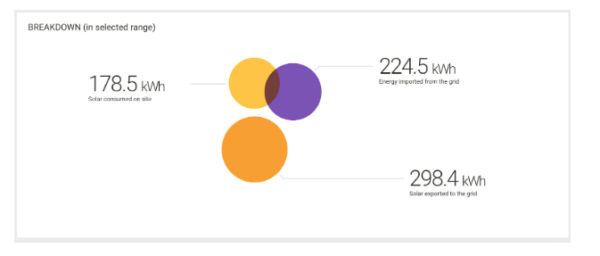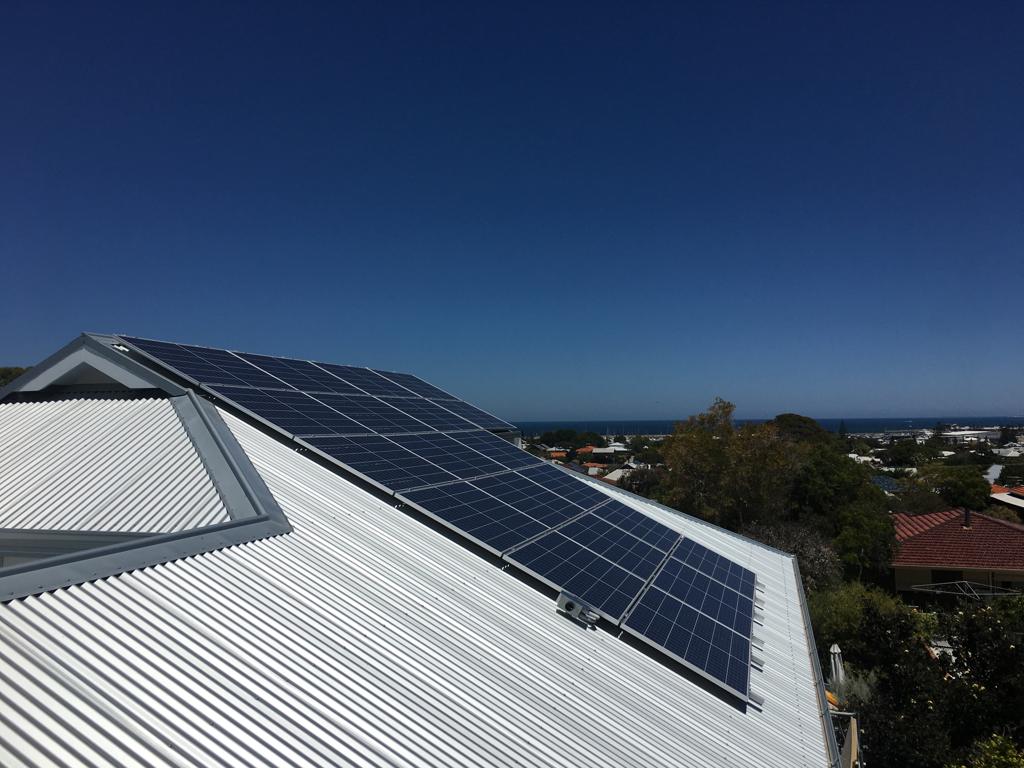Those who are doing their part by staying at home during the coronavirus pandemic may be unpleasantly surprised by their energy bills at the end of the month. However, this does not apply to solar households that are actually saving on their power bills while working and schooling from home.
Solar Analytics, a smart-monitoring company that helps rooftop PV owners manage their energy consumption and solar generation, found that, since staying home, 20% of households in its 35,000 strong fleet of solar sites have increased their self-consumption of free solar power by 20%. In dollar terms, this means an approximate extra saving of about $62 a quarter on top of the savings from solar already being made.
The situation is even better for 10% of households that have increased their free solar self-consumption by at least 37% compared to the beginning of March. Their consumption pattern translates to an extra $1.70 in savings per day (based on average tariffs), or a further $153 in savings over three months, Solar Analytics finds.
Households with Solar Analytics energy monitoring have their solar self-consumption data served to them on a platter, as shown in the graphic below. The yellow circle shows solar consumed on site, the purple one – energy imported from the grid and the orange one – solar exported to the grid.

Electricity consumption
As Australia still enjoys mild weather, energy consumption is expected to increase in the coming winter months when households will be turning on the lights and the heating for more hours every day. However, Solar Analytics sees this as an opportunity to further capitalize on rooftop solar. “We suspect that while solar energy production will have its usual seasonal reduction, the potential value of solar energy to households could be just as big in winter, offsetting much larger household energy consumption,” the company said.
This week, Melbourne-based energy consultancy RepuTex warned households were set for a shock when they received their next power bill. However, it also predicted the short-term spike should be counterbalanced by lower wholesale electricity prices over the next two years due to the impact of a “perfect storm” of Covid-19 demand cuts, lower domestic gas prices and large renewable energy projects being commissioned.
As already seen in Europe and the U.S., the spread of Covid-19 has slowed down electricity demand and depressed wholesale power prices as shutdowns continue to alter energy use patterns. However, demand in the Australian market is still variable and is yet to see some significant reductions.
For many individual households, however, a spike in electricity consumption seems imminent, at least in the short term. While a recent study of smart meter data in the UK showed that households had increased their weekday energy consumption by up to 30%, such huge jumps have not been seen in Australia, at least not among solar households.
According to data from Solar Analytics, the energy consumption in households now housing more humans midweek due to Covid-19 confinement is up only slightly, if at all. For the households basking in self-generated free solar power, the situation is somewhat different. To give an example, Solar Analytics’ cofounder Renate Egan and her family have a 12-year-old 1kW system.
“Two of us have been working from home for three and a half weeks now. If I compare March this year with March last year our self-consumption has gone up by 10% and we were only working from home for half of March,” Egan said. “The numbers aren’t huge as we are very energy aware – but I expect this will be more dramatic in April because we expect to be home for the entire month. If I look just at the last three weeks, we are self-consuming 76% – up from 63% this time last year.”
This content is protected by copyright and may not be reused. If you want to cooperate with us and would like to reuse some of our content, please contact: editors@pv-magazine.com.









2 comments
By submitting this form you agree to pv magazine using your data for the purposes of publishing your comment.
Your personal data will only be disclosed or otherwise transmitted to third parties for the purposes of spam filtering or if this is necessary for technical maintenance of the website. Any other transfer to third parties will not take place unless this is justified on the basis of applicable data protection regulations or if pv magazine is legally obliged to do so.
You may revoke this consent at any time with effect for the future, in which case your personal data will be deleted immediately. Otherwise, your data will be deleted if pv magazine has processed your request or the purpose of data storage is fulfilled.
Further information on data privacy can be found in our Data Protection Policy.